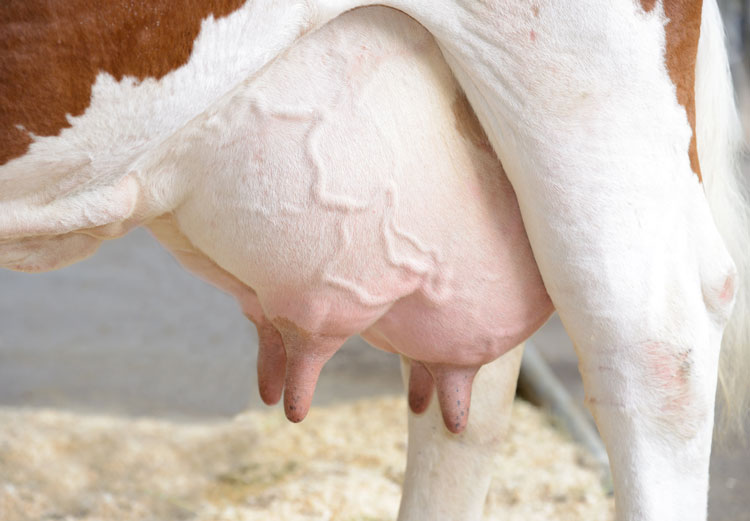
In the past several years, selective dry cow treatment has gained some prevalence in the industry as an alternative to the more common blanket dry cow treatment, which has been the gold standard for mastitis prevention for many years.
Selective dry cow treatment is the process of selecting and treating only those cows that show signs of infection, eliminating the need to treat every cow in the herd.
In a recent Dairy Road Digest article, milk quality specialist Andy Johnson said the most difficult piece of the puzzle for selective dry cow treatment is picking the right cows to treat and the correct ones to skip. He said the key to succeeding with this alternative is accurate and extensive record keeping.
“In my opinion, it’s best to err on the side of safety and look at each cow individually; if there is any question at all about a cow’s condition, always dry treat it,” he said.
Johnson suggested a three-pronged decision model to identify cows that could be skipped for treatment if a farm elects to utilize selective dry cow treatment.
1. If the cow has never had a case of clinical mastitis during its lactation.
2. If the DHIA data indicates that the animal has never had a somatic cell count of 150,000 or above during its lactation.
3. If the cow’s teat ends are healthy and it scores a 2 or less during teat end evaluation.
The upside of selective dry treatment is obvious as selective dry treatments can help limit the use of antibiotics and can be considerably more affordable than blanket dry cow treatments.
Even on cows that are not antibiotic-treated at dry-off in selective dry cow treatment programs, Johnson recommended utilizing an internal or, at the very least, a good external teat sealant.
“It’s important when using an internal teat sealant with no dry therapy, that the application into the teat is done with extreme care and that very strict preparation protocols are followed to avoid risk,” Johnson explained.








